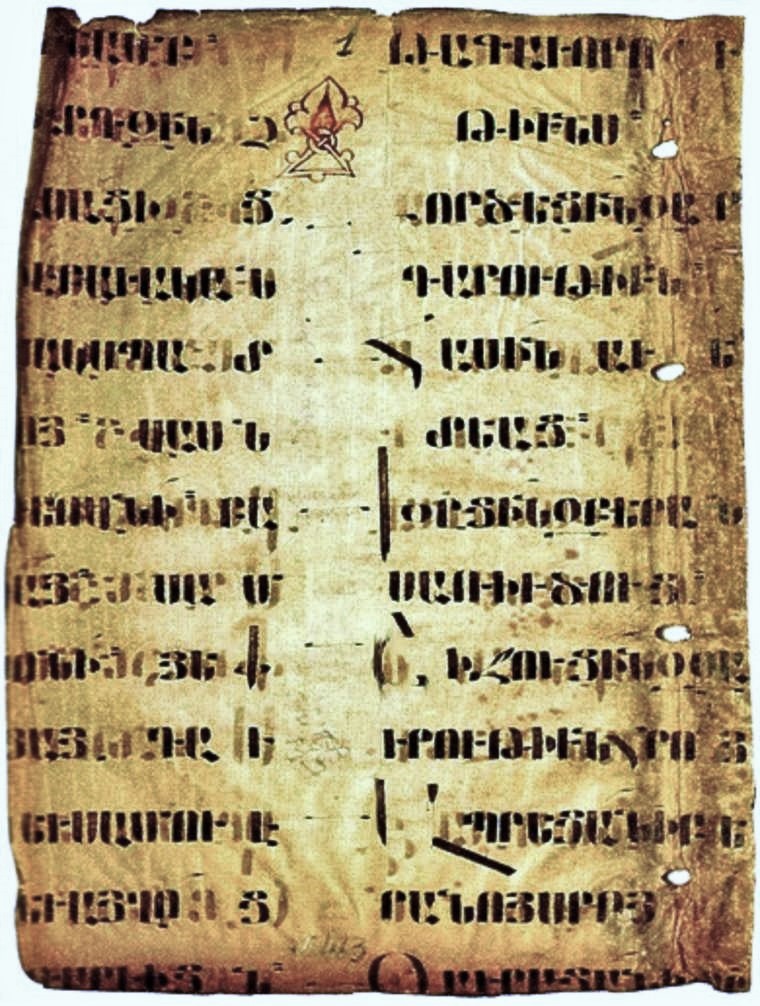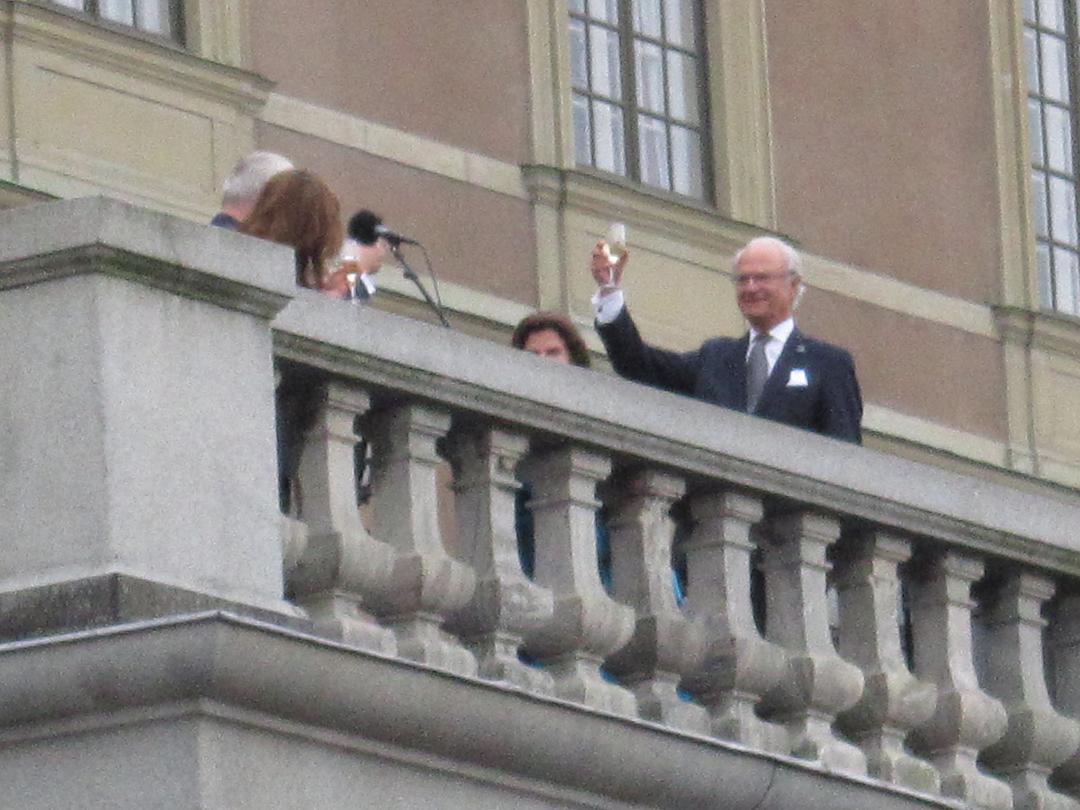|
Bazmavēp
''Bazmavēp'' (''Pazmaveb'' in Western Armenian; hy, Բազմավէպ, "Polyhistory") is an academic journal covering Armenian studies. It is published by the Mechitarist monastery in San Lazzaro degli Armeni, Venice, Italy. According to Robert H. Hewsen, it is the first Armenian scholarly journal. and the longest-running Armenian publication still being published. ''Bazmavēp'' was established by Gabriel Aivazovsky and Ghevond Alishan in May 1843, with the initial intention of publishing for three years. Previous editors-in-chief have been Gabriel Aivazovsky (1843–48) and Ghevont Alishan (1849-51). The current editor is Serop Chamurlian. In its earliest decades, ''Bazmavēp'' was an economic-philological biweekly journal, aiming to convey enlightening ideas, useful tips, ways to revive economic, political and careful life to the readers. In the first period, the magazine was occupied by religious-moral programs, the latest discoveries in the fields of science and industry, ... [...More Info...] [...Related Items...] OR: [Wikipedia] [Google] [Baidu] |
Mekhitarist Order
, image = , image_size = , caption = , abbreviation = C.A.M. , nickname = Mechitarists , established = , founder = Abbot Mekhitar of Sebaste, C.A.M. , founding_location = Constantinople , type = Monastic order of Pontifical Right for men , headquarters = Isola di San Lazzaro, Venezia-Lido, Italy , members = 32 members (includes 24 priests) as of 2015 , leader_title = Abbot General , leader_name = , parent_organization = Armenian Catholic Church , website = , footnotes = The Mechitarists officialy named as the Benedictine Congregation of the Mechitarists ( la, Benedictina Congregatio Mechitarista) abbreviated CAM is an Armenian Catholic Church monastic order of Pontifical Right for men founded in 1701 by Abbot Mekhitar of Sebaste (Mkhitar Sebastatsi). They are best known for their series of scholarly publications ... [...More Info...] [...Related Items...] OR: [Wikipedia] [Google] [Baidu] |
Ghevond Alishan
__NOTOC__ Ghevont Alishan () (1820-1901; also spelled Ghevond Alishan, or Leonzio Alishan in Italian or Léonce Alichan in French) was an ordained Armenian Catholic priest, historian and a poet. He was awarded by the Legion of Honour of the French Academy (1866), an honorary member of the Asian Society of Italia, , Venice Academy and Archeological Society of Saint-Petersburg. John Ruskin wrote that he "always looked upon him Padre Alishan as a sort of saint; he has been our friend for a great many of years." He was a member of the Mekhitarist Congregation on Saint Lazarus Island in Venice beginning in 1838. He was the director of the in 1859-1861. In 1885 he created the first modern Armenian flag. His first design was a horizontal tricolor, but with a set of colors different from those used on the Armenian flag of today. The top band would be red to symbolize the first Sunday of Easter (called "Red" Sunday), the green to represent the "Green" Sunday of Easter, and f ... [...More Info...] [...Related Items...] OR: [Wikipedia] [Google] [Baidu] |
Armenian-language Journals
Armenian ( classical: , reformed: , , ) is an Indo-European language and an independent branch of that family of languages. It is the official language of Armenia. Historically spoken in the Armenian Highlands, today Armenian is widely spoken throughout the Armenian diaspora. Armenian is written in its own writing system, the Armenian alphabet, introduced in 405 AD by the priest Mesrop Mashtots. The total number of Armenian speakers worldwide is estimated between 5 and 7 million. History Classification and origins Armenian is an independent branch of the Indo-European languages. It is of interest to linguists for its distinctive phonological changes within that family. Armenian exhibits more satemization than centumization, although it is not classified as belonging to either of these subgroups. Some linguists tentatively conclude that Armenian, Greek (and Phrygian) and Indo-Iranian were dialectally close to each other;''Handbook of Formal Languages'' (1997p. 6 withi ... [...More Info...] [...Related Items...] OR: [Wikipedia] [Google] [Baidu] |
Biannual Journals
An anniversary is the date on which an event took place or an institution was founded in a previous year, and may also refer to the commemoration or celebration of that event. The word was first used for Catholic feasts to commemorate saints. Most countries celebrate national anniversaries, typically called national days. These could be the date of independence of the nation or the adoption of a new constitution or form of government. There is no definite method for determining the date of establishment of an institution, and it is generally decided within the institution by convention. The important dates in a sitting monarch's reign may also be commemorated, an event often referred to as a "jubilee". Names * Birthdays are the most common type of anniversary, on which someone's birthdate is commemorated each year. The actual celebration is sometimes moved for practical reasons, as in the case of an official birthday or one falling on February 29. * Wedding anniversari ... [...More Info...] [...Related Items...] OR: [Wikipedia] [Google] [Baidu] |
Academic Journals Established In 1843
An academy ( Attic Greek: Ἀκαδήμεια; Koine Greek Ἀκαδημία) is an institution of secondary or tertiary higher learning (and generally also research or honorary membership). The name traces back to Plato's school of philosophy, founded approximately 385 BC at Akademia, a sanctuary of Athena, the goddess of wisdom and skill, north of Athens, Greece. Etymology The word comes from the ''Academy'' in ancient Greece, which derives from the Athenian hero, ''Akademos''. Outside the city walls of Athens, the gymnasium was made famous by Plato as a center of learning. The sacred space, dedicated to the goddess of wisdom, Athena, had formerly been an olive grove, hence the expression "the groves of Academe". In these gardens, the philosopher Plato conversed with followers. Plato developed his sessions into a method of teaching philosophy and in 387 BC, established what is known today as the Old Academy. By extension, ''academia'' has come to mean the accumulation, de ... [...More Info...] [...Related Items...] OR: [Wikipedia] [Google] [Baidu] |
.jpg)


